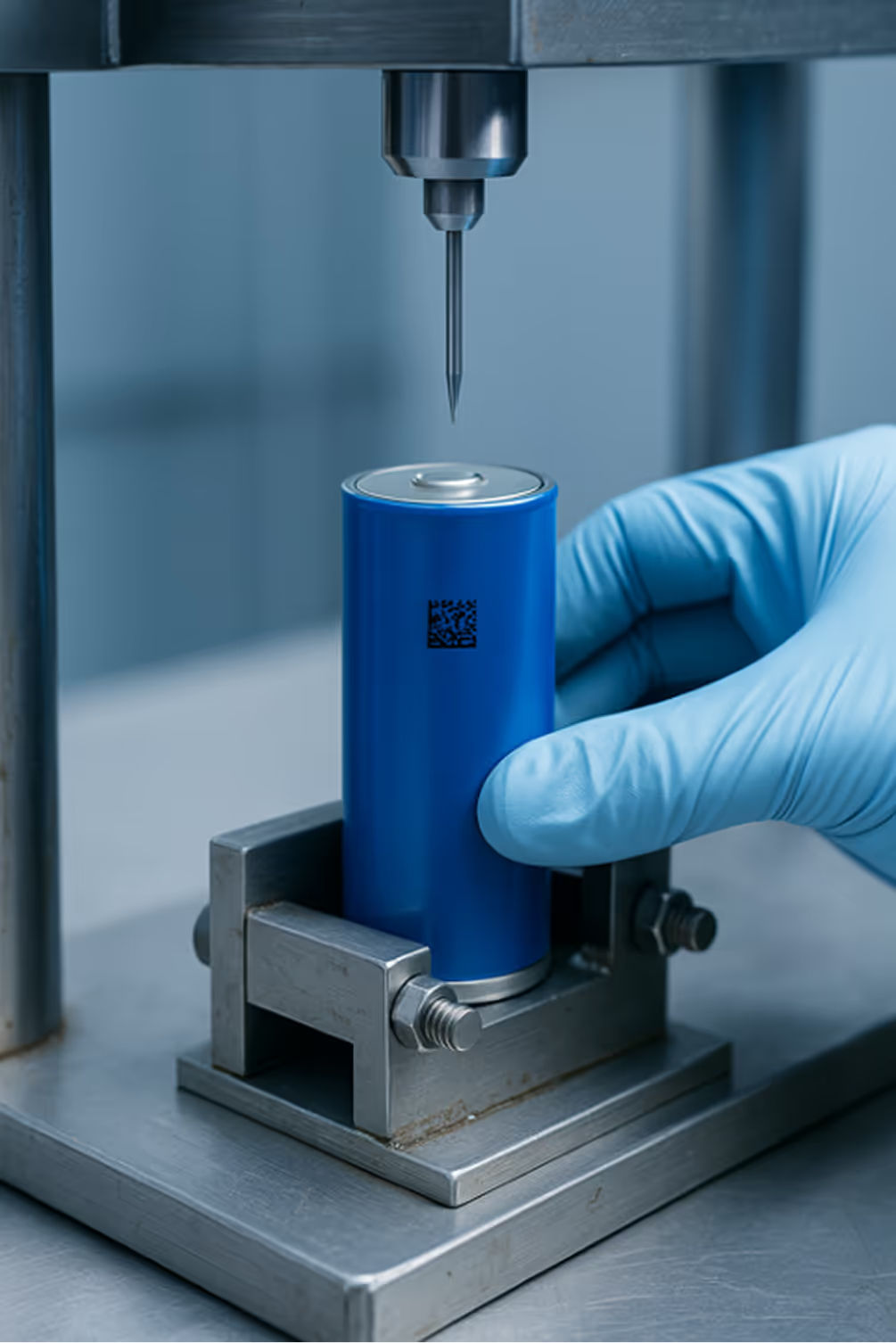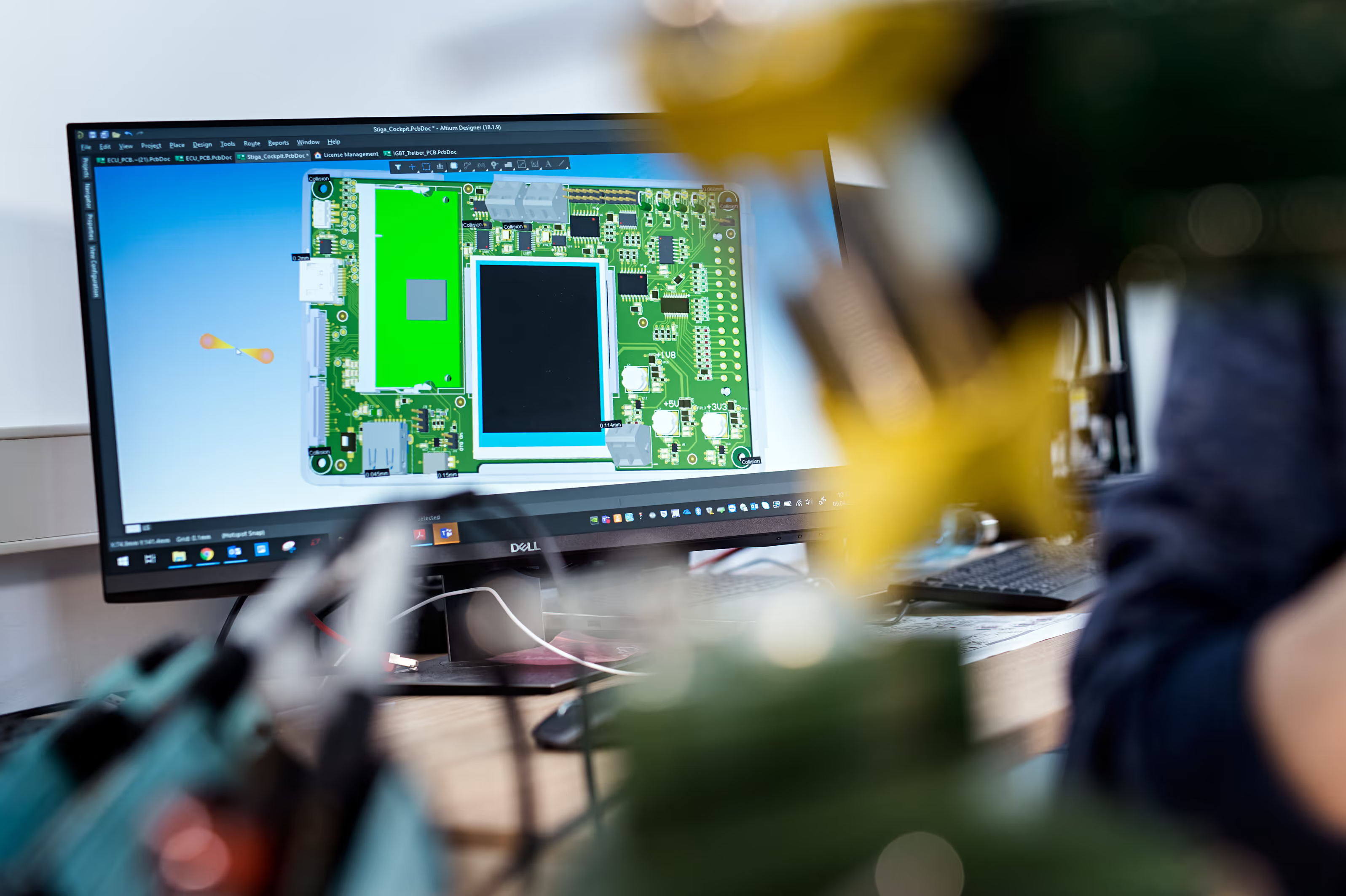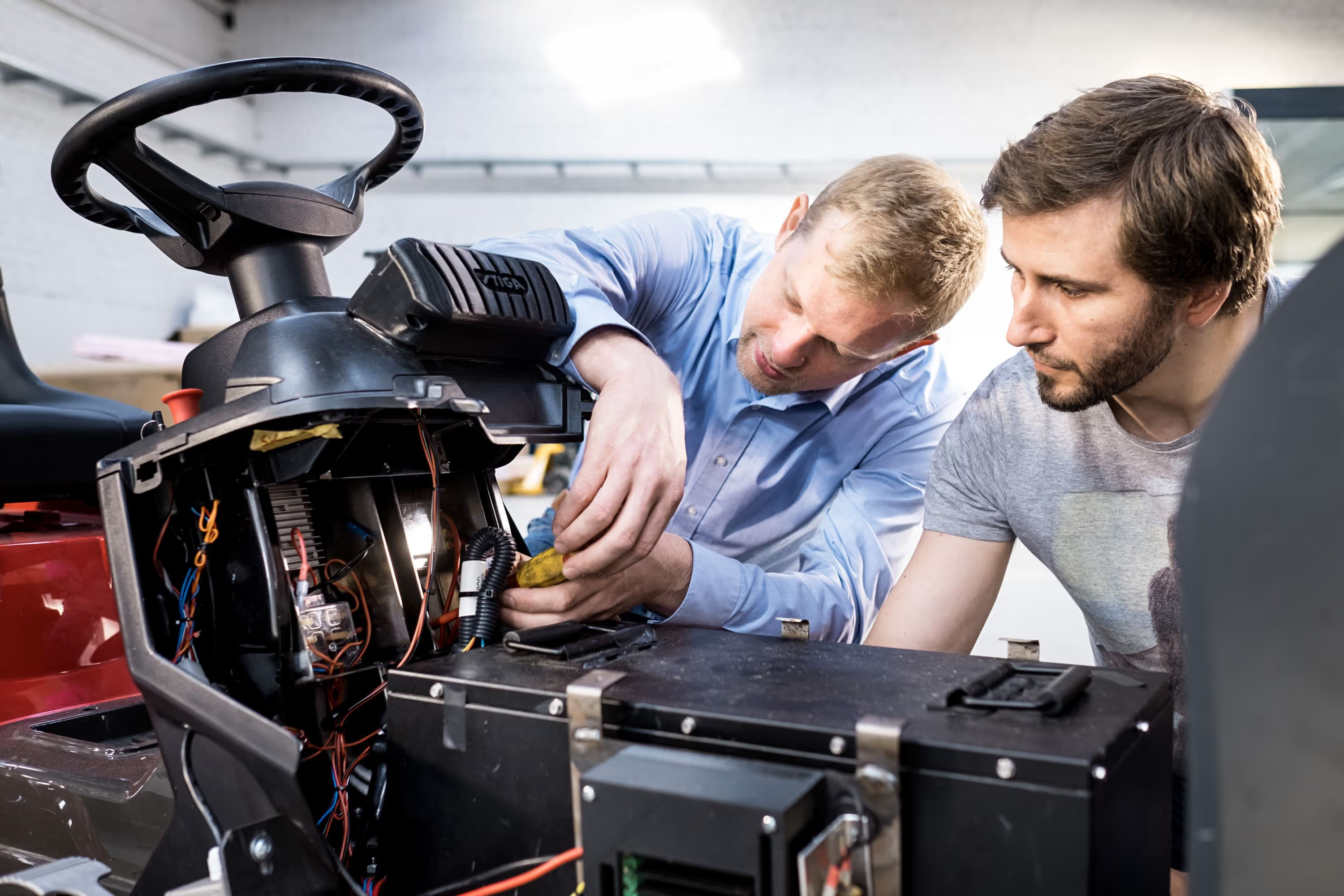ISO 26262
ISO 26262 is an international standard for functional safety in electrical and electronic systems in road vehicles.
ISO 26262 is an international standard that specifies requirements for functional safety in electrical and electronic systems in road vehicles, ensuring that safety-related systems operate correctly to prevent hazards and mitigate risks throughout the vehicle lifecycle.
With the rapid expansion of electric vehicles (EVs) and advanced battery technologies, the relevance of ISO 26262 has surged, particularly for professionals in the battery industry who must address unique safety challenges in high-voltage systems, Battery Management Systems (BMS), and energy storage components. This article provides an in-depth exploration of ISO 26262, tailored to the needs of battery manufacturers, component suppliers, OEMs, and EV producers, focusing on practical applications, compliance strategies, and the integration of safety measures into development processes.
Overview of ISO 26262
ISO 26262, formally titled 'Road vehicles – Functional safety', is a specialized adaptation of the broader IEC 61508 standard, customized for automotive applications to address the complexities of modern vehicle electronics. It establishes a comprehensive framework for managing functional safety risks across all phases of a vehicle's life, from initial concept and design to production, operation, service, and decommissioning. This standard is pivotal in ensuring that electrical and electronic systems do not malfunction in ways that could lead to accidents, injuries, or fatalities, making it a cornerstone of automotive safety engineering.
History and Evolution
First published in 2011 and updated in 2018 to include additional guidance and clarifications, ISO 26262 emerged in response to the growing reliance on electronics in vehicles, such as advanced driver-assistance systems (ADAS) and electric powertrains. Its development was driven by industry collaboration to standardize safety practices, reducing variability and enhancing reliability. The standard's scope encompasses all electrical and electronic systems that could impact vehicle safety, including those in EVs, where battery systems play a critical role. For battery professionals, understanding this evolution helps in anticipating future amendments and staying ahead in compliance efforts.
Key Concepts and Terminology
At the heart of ISO 26262 is the Automotive Safety Integrity Level (ASIL), a risk classification system that evaluates hazards based on severity, exposure, and controllability. ASIL levels range from A (lowest risk) to D (highest risk), dictating the rigor of safety measures required. Other essential concepts include the safety lifecycle, which outlines phases from hazard analysis and risk assessment to verification and validation, and the use of safety goals to define acceptable risk thresholds. For instance, in battery systems, a fault leading to thermal runaway might be assigned ASIL C or D, necessitating robust design, redundant controls, and extensive testing to mitigate potential failures.
Application to Battery Systems and Electric Vehicles
In the context of battery technology, ISO 26262 is indispensable for safeguarding high-voltage battery packs, BMS, and related components that are prone to failures like overcharging, short circuits, or thermal events. Battery professionals must integrate functional safety principles early in the design phase to prevent catastrophic outcomes, such as fires or explosions, which could result from electronic malfunctions. This application not only enhances product reliability but also builds trust among consumers and regulators, supporting the broader adoption of EVs and sustainable mobility solutions.
Battery Management System (BMS) Safety
The BMS is a critical subsystem responsible for monitoring and controlling battery parameters, including voltage, current, temperature, and state of charge, to ensure optimal performance and safety. Under ISO 26262, BMS development requires a systematic approach involving hazard analysis and risk assessment (HARA) to identify potential faults and assign appropriate ASILs. For example, a failure in cell balancing or overcurrent protection might be classified as ASIL B or higher, demanding features like redundancy, fault detection, and fail-safe mechanisms. Implementing these measures helps battery manufacturers avoid recalls, liability issues, and reputational damage, while aligning with industry best practices for functional safety.
Testing, Validation, and Verification
Rigorous testing is a cornerstone of ISO 26262 compliance, encompassing methods such as fault injection, environmental stress testing, and simulation to validate that safety goals are met. In battery systems, this might involve testing under extreme conditions—like high temperatures or vibration—to replicate real-world scenarios and ensure the system responds safely to faults. Verification activities include reviewing design documents, conducting integration tests, and maintaining traceability from requirements to test results. For professionals, adopting automated testing tools and structured processes can streamline validation, reduce time-to-market, and enhance the overall safety integrity of battery products.
Compliance Strategies and Industry Challenges
Achieving and maintaining ISO 26262 compliance presents significant challenges for battery industry stakeholders, including the need for detailed documentation, cross-functional collaboration, and adherence to evolving standards. Common hurdles include resource constraints, complexity in ASIL determination, and the integration of safety measures without compromising performance or cost. By adopting a proactive approach—such as early engagement with safety experts and leveraging digital tools for documentation—companies can navigate these challenges effectively, ensuring that their products meet regulatory requirements and market expectations.
Documentation and Traceability Requirements
ISO 26262 mandates comprehensive documentation, including the Safety Plan, Hazard Analysis and Risk Assessment (HARA), Functional Safety Concept, and Safety Case, which collectively provide evidence that safety risks are managed throughout the project lifecycle. Traceability is crucial, linking safety requirements to design elements, tests, and validation outcomes. In the battery sector, this might involve documenting BMS software code, hardware schematics, and test reports to demonstrate compliance. Poor documentation can lead to audit failures or delays, emphasizing the need for meticulous record-keeping and the use of specialized software to maintain accuracy and accessibility.
Common Pitfalls and Mitigation Strategies
Frequent pitfalls in ISO 26262 implementation include underestimating ASIL levels, inadequate testing coverage, and insufficient training for teams. For battery systems, misjudging the risks associated with thermal management or cell degradation could result in unsafe products. Mitigation strategies involve conducting thorough HARA sessions, investing in continuous training, and partnering with experienced consultants to review processes. Additionally, embracing a culture of safety—where functional safety is integrated into every stage of development—can help avoid costly rework and enhance overall product quality, ultimately supporting the growth of the EV market.
Conclusion
ISO 26262 is a vital framework for ensuring functional safety in road vehicles, with profound implications for the battery industry as it drives innovation in EVs and energy storage. By adhering to its guidelines, professionals can mitigate risks, improve product reliability, and contribute to safer transportation ecosystems. As technologies evolve, staying informed about standard updates and best practices will be essential for maintaining compliance and competitive advantage in this dynamic field.
How PEM Motion Supports the Industry
PEM Motion is an international engineering and consulting partner specializing in battery technology, offering expert services in Battery Testing & Compliance, BMS Solutions, Training, and Operations Support. They assist battery manufacturers, component suppliers, OEMs, and EV producers in navigating the complexities of ISO 26262 by providing tailored solutions for testing procedures, documentation management, and compliance with international standards. With PEM Motion's support, companies can enhance their functional safety processes, reduce development risks, and accelerate the deployment of safe, reliable battery systems, ensuring alignment with global safety requirements and fostering innovation in the automotive sector.
Our Focus
What we do

BATTERY Compliance
We ensure your batteries meet all compliance standards for safety and performance.

OPERATIONS & TRAINING
We empower your team with comprehensive training and operational consultation for battery technology and energy storage solutions.

BMS SOLUTIONS
We offer a wide range of Li-Ion battery solutions and Battery Management Systems for various industries.












